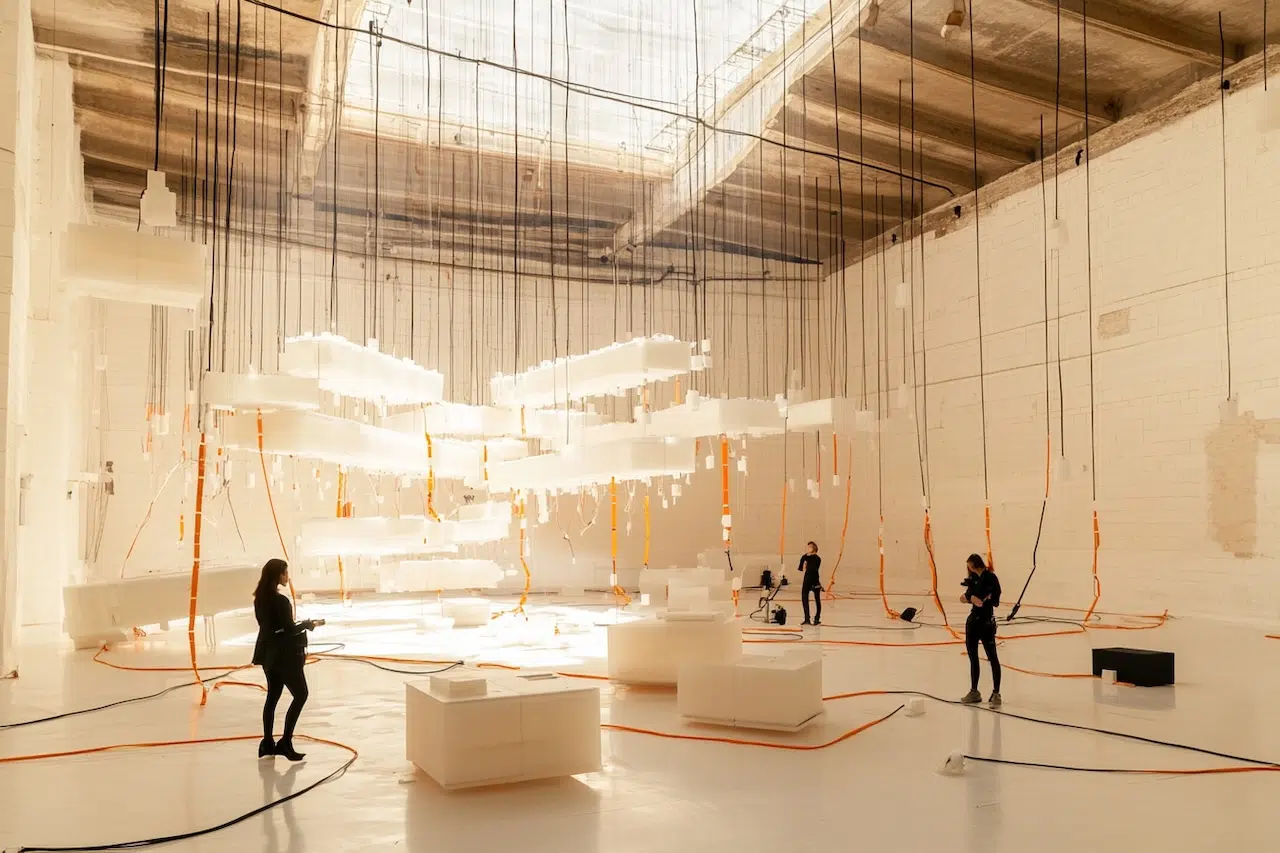
Critical thinking is often framed as a neutral cognitive skill—an ability to process information, reflect on arguments and arrive at well-reasoned conclusions. However, thinking critically is never neutral. It is always shaped by underlying assumptions about what constitutes valid knowledge, what questions are worth asking and which perspectives deserve attention. In design, as in any field, critical thinking is not just about evaluating information but about interrogating the structures that shape problems, solutions and the power relations they sustain.
This distinction becomes particularly evident when comparing mainstream approaches to critical thinking with Marxist critical thinking. While both involve questioning assumptions and engaging in reflective reasoning, their underlying epistemologies differ significantly. Mainstream critical thinking is often framed as an objective process of logic and rational debate while Marxist critical thinking explicitly analyzes power, ideology and material conditions, asking who benefits from the dominant narratives and who is left out or exploited.
Mainstream critical thinking
This approach assumes that clear reasoning, evidence-based argumentation and an open exchange of ideas lead to the best outcomes. It emphasizes identifying biases, evaluating claims and considering multiple perspectives before reaching a conclusion. In design, mainstream critical thinking might focus on optimizing products, services or systems through rational evaluation, balancing user needs, market demands and technological constraints.
While this approach can be rigorous, it often assumes that problems exist independently of the socio-economic structures that shape them. The designer’s role is framed as a problem-solver within existing constraints rather than as someone who challenges the constraints themselves.
Marxist critical thinking
This form of critical thinking starts from a different premise: that knowledge, perception and even the way problems are defined are shaped by socio-economic structures. It rejects the notion of neutrality and asks:
- Who benefits from a particular way of framing a problem?
- What interests are served when certain solutions are presented as inevitable?
- How do design practices reproduce or challenge systems of exploitation and inequality?
Marxist critical thinking draws from historical materialism, recognizing that economic forces shape human relations, culture and ideology. In design, this means questioning not just how a product functions but also the conditions under which it is produced, the labor that sustains it and the broader system of accumulation it supports. It exposes how dominant ideologies justify exploitation, presenting capitalism as a rational and inevitable system rather than a historical construct that can be challenged and transformed.
The core distinction: questioning the structure
Mainstream critical thinking in design
- Views design problems as neutral and solvable through logic and reasoning.
- Seeks optimal solutions by evaluating competing arguments.
- Operates within the existing socio-economic paradigm.
- Tends to accept market-driven design constraints.
Marxist critical thinking in design
- Sees design problems as embedded in broader structures of power and exploitation.
- Questions how ‘problems’ are defined and whose interests they serve.
- Critiques commodification, labor exploitation and capitalist accumulation in design.
- Challenges the constraints imposed by market logic and seeks alternative design imaginaries.
Where mainstream critical thinking evaluates arguments within existing paradigms, Marxist critical thinking interrogates the paradigms themselves. A mainstream critical thinker may refine a business model to be more sustainable; a Marxist critical thinker questions whether the business model itself is an extension of capitalist accumulation that sustains ecological destruction and labor exploitation.
For designers, this distinction matters. Design is not just a tool for problem-solving—it is a practice embedded in socio-economic relations. A critical designer must go beyond optimizing for efficiency or user experience and ask whether their work sustains unjust systems or challenges them. In a world where design is increasingly shaped by private interests, extractive industries and digital enclosures, this form of critique is not optional. It is a necessity.